Dr. Kristine Ferrone
Lead Technologist for Human Spaceflight, Systems Technology Group, The Aerospace Corporation
MDRS 269 Mission Role: Commander
Hometown: Pittsburgh, Pennsylvania
Studied: Medical Physics, Sports Medicine, Business, Physics and Astrophysics
Schools: University of Texas MD Anderson Cancer Center; University of Houston; University of Florida; Carnegie Mellon University; United States Sports Academy
Favorite thing about Mars: Mt. Olympus, ice caps, and the expanse of landmass to explore
About Kristine: Lived and worked at the Mars Society’s Flashline Mars Arctic Research Station in Nunavut, Canada; served as flight controller for NASA’s International Space Station; certified as a volunteer firefighter, pilot, SCUBA diver, and U.S. Coast Guard Auxiliary air crew.
Dr. Kristine Ferrone has studied the effects of space radiation and supports a variety of programs as a radiation physicist, including a joint Air Force/NASA project developing space nuclear power technologies, a radiation-hardened battery project for NASA Innovative Advanced Concepts, and theActive Radiation Dosimeter project for NASA’s xEMU spacesuit.
Allison Taylor
Senior Project Leader, Human Exploration and Spaceflight Division, The Aerospace Corporation
MDRS 269 Mission Role: Executive Officer
Hometown: Enfield, New Hampshire
Studied: Physics and Space Science, Space Studies
Schools: Florida Institute of Technology; University of North Dakota
Favorite thing about Mars: Our Solar System’s largest volcano!
About Alli: Lives in northern Virginia with her husband and three children. As a family they enjoy LEGO, hiking, and training in Tae Kwon Do. Alli loves to do things that bring her joy, like explore new places, roller skate, and play Beat Saber on expert. She is an athlete and volunteer with NOVA Roller Derby. Alli also loves to mentor kids through STEM initiatives and to encourage them to explore and to pursue their passions.
Alli Taylor supports NASA’s Artemis missions through NASA’s EVA & Human Surface Mobility Program and Lunar Terrain Vehicle Project, developing processes, operational concepts, and requirements for future lunar surface assets.
Ashley Kowalski
Project Leader, International Partnerships Department, The Aerospace Corporation
MDRS 269 Mission Role: Crew Engineer
Hometown: Baltimore, Maryland
Studied: Mechanical and Aerospace Engineering
Schools: George Washington University
Favorite thing about Mars: Its potential for signs of ancient life under the Martian surface
About Ashley: Fluent in Polish, proficient in Russian and German; enjoys performing in musicals and theater productions, stand-up paddleboarding, traveling, learning languages, and playing and watching soccer.
Ashley Kowalski provides technical support to the U.S. Space Force Space Systems Command International Affairs Office, helping develop a coalition space enterprise through international partnerships with U.S. allies. She recently served as Flight Engineer for SIRIUS-21, an eight-month international ground-based space simulation, or astronaut analog study, to study effects of isolation and confinement on human psychology, behavioral health, and physiology; crew dynamics; and crew autonomy.
Trevor Jahn
Senior Member of the Technical Staff, Space Architecture Department, The Aerospace Corporation
MDRS 269 Mission Role: Technology Officer
Hometown: Orono, Minnesota
Studied: Aeronautical and Astronautical Engineering
Schools: Purdue University
Favorite thing about Mars: Carbon-dioxide snow clouds and snowfall
About Trevor: Is a competitive cyclist (racing regularly for the past decade all over the Midwest and West Coast); enjoys playing tennis, scuba diving, visiting family and friends, and special summer days by the lakes in Minnesota. He also enjoys 3D printing, tinkering with electronics, and finding ways to study and further his Aerospace knowledge base.
Trevor Jahn directly supports NASA Johnson Space Center as part of the Artemis Lunar Architecture Team and is leading development at Aerospace of an innovative augmented reality/virtual reality (AR/VR) technology for future space use.
Matthew Eby
Engineering Specialist, Engineering and Technology Group, The Aerospace Corporation
MDRS 269 Mission Role: GreenHab Officer
Hometown: Littleton, Colorado
Studied: Mechanical and Aerospace Engineering
Schools: Johns Hopkins University; University of Colorado
Favorite thing about Mars: Reuyl (84 km-wide impact crater)
About Matthew: Is an unpaid geology field assistant for his big sister, exploring Martian terrain here on Earth; facilitated STEM high altitude balloon flights for K-12 students; is the current record-holder for Slowest Known Time crossing America by bicycle at an average velocity of 1.24 mph.
Matthew Eby works with mechanisms for Space Force launch vehicle and satellite programs. Recently, he undertook a research project, MARSDROP, to adapt Aerospace’s REBR vehicle for potential use as an inexpensive Mars entry vehicle. He was a math model keeper for NASA’s Space Shuttle and a stage separation analyst for the follow-on ARES-1 vehicle.
Barbara Braun
Principal Director, Corporate Chief Engineer’s Office, The Aerospace Corporation
MDRS 269 Mission Role: Health & Safety Officer
Hometown: Somerville, Massachusetts
Studied: Aeronautics, Astronautics, Physics, Mechanical Engineering
Schools: Massachusetts Institute of Technology; University of New Mexico
Favorite thing about Mars: Its potential for exploration and colonization
About Barbara: Is a licensed Emergency Medical Technician (EMT) with 20+ years of experience in the field; has served in New Mexico as a firefighter, EMT, and volunteer lieutenant with Bernalillo County Fire and Rescue and with the Village of Tijeras Fire and Rescue Department.
Barbara Braun has led Aerospace support to the Space Rapid Capabilities Office and the U.S. Department of Defense Space Test Program. She is also an Aerospace Center for Space Policy and Strategy Partner and has written extensively on policy and mission assurance concerns for small and non-traditional satellites.
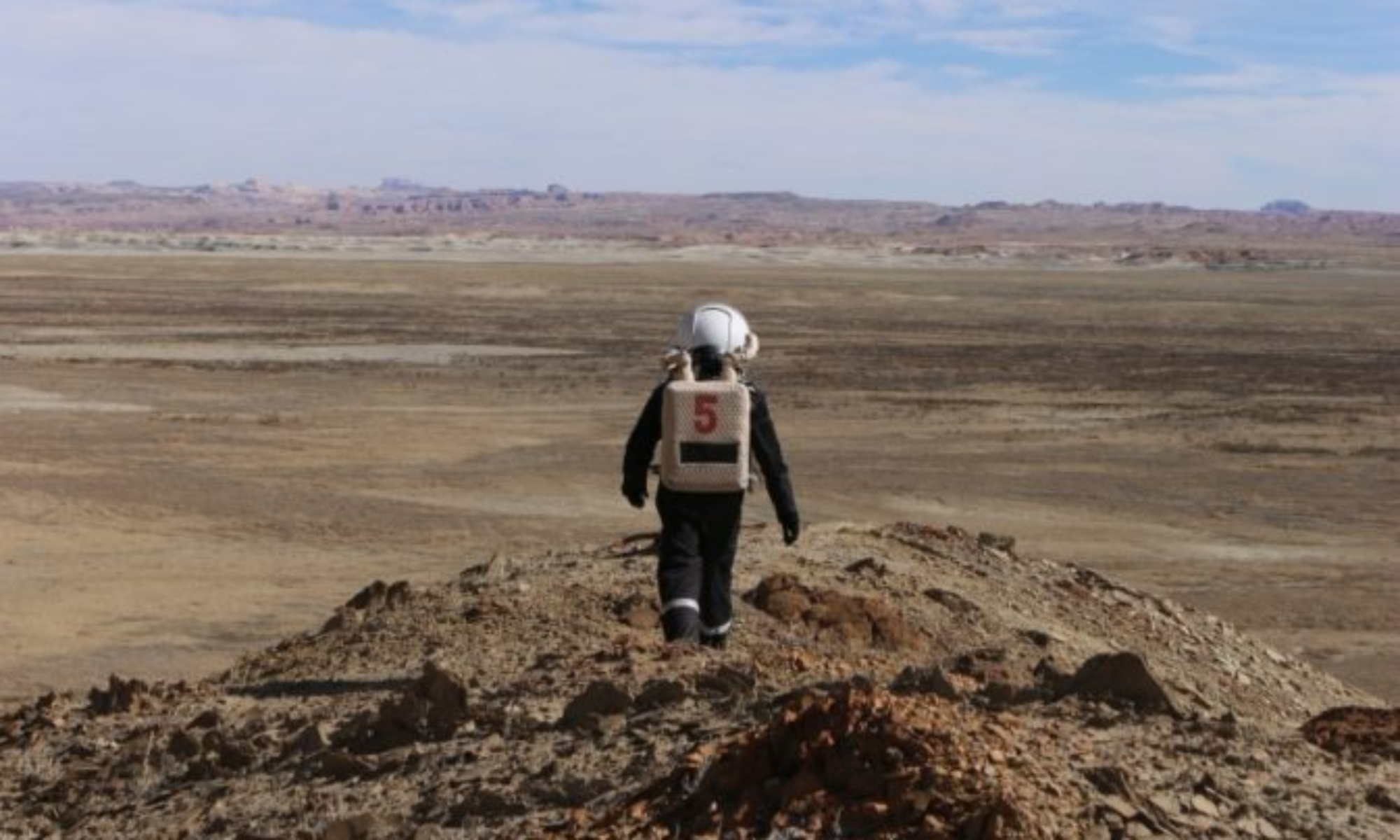



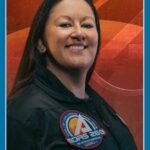
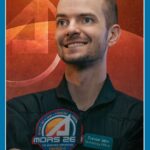
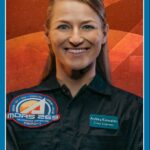
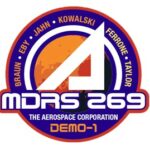
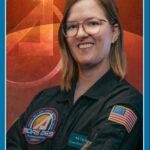
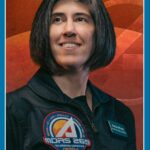
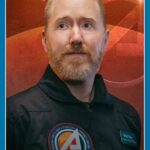
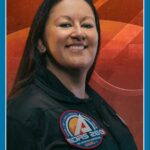
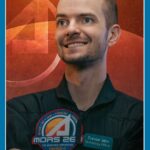
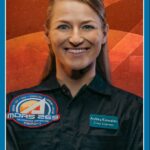
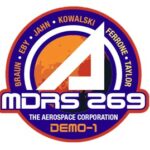
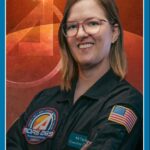
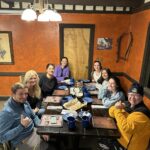
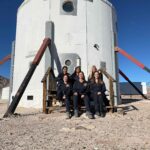
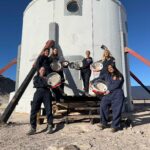
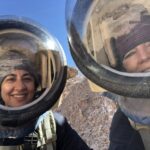
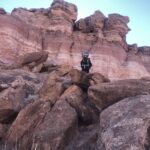

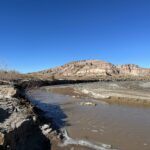
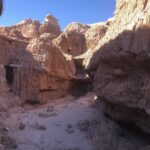
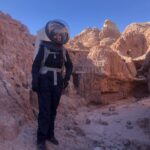
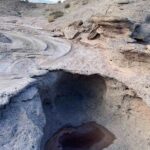
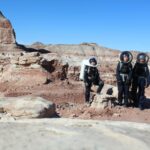


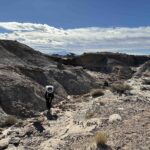
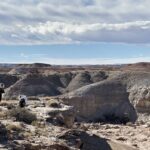
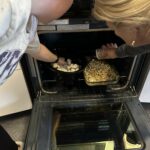
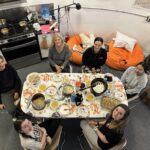
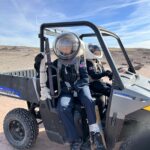

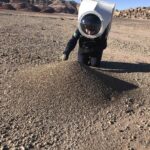

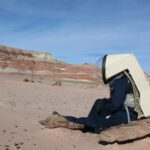
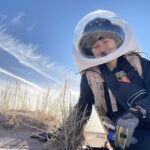
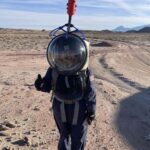
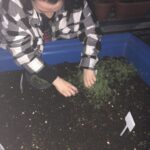
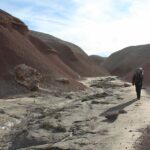
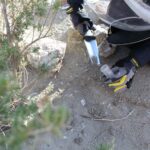
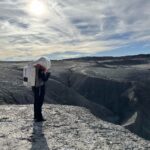
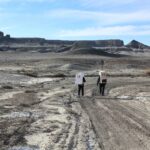
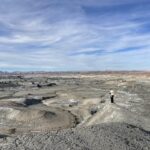
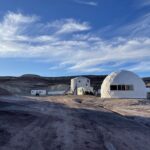
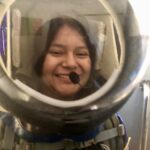
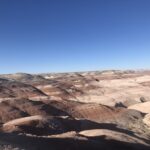
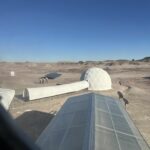
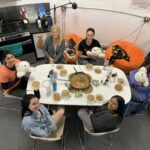
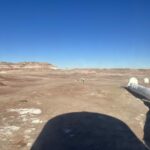
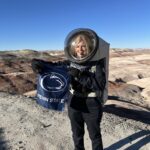
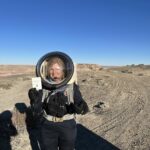

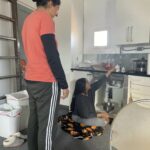

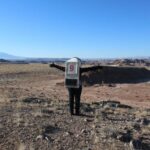

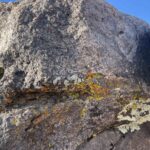
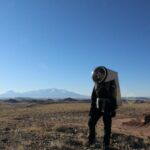

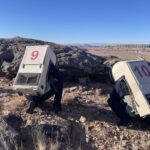
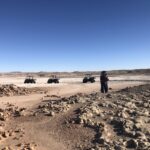


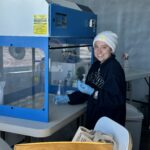
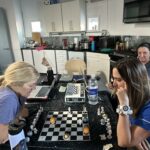
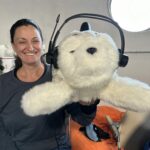
You must be logged in to post a comment.